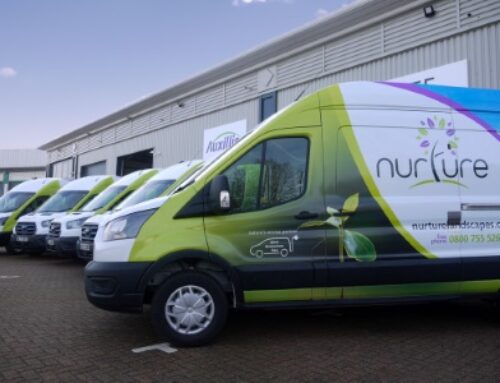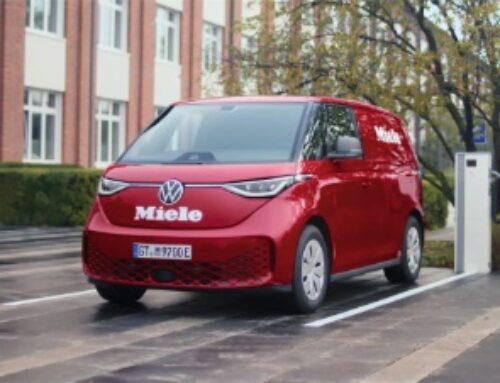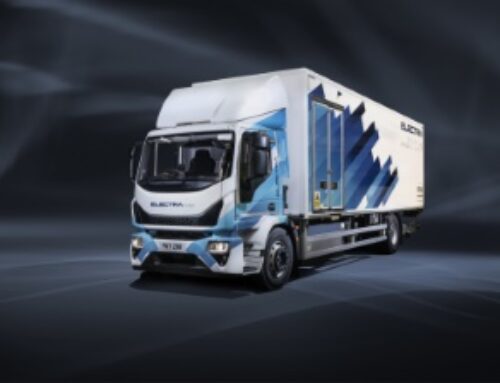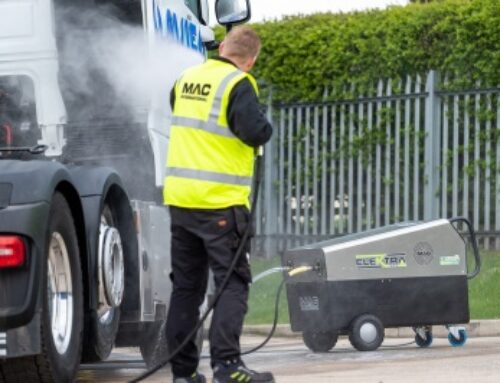Battery maintenance advice from Ctek
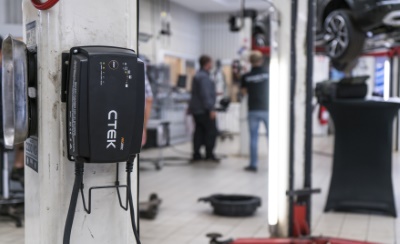 Battery management solutions specialist Ctek has provided guidance for commercial fleet operators on how they can optimise their maintenance regimes for vehicle batteries.
Battery management solutions specialist Ctek has provided guidance for commercial fleet operators on how they can optimise their maintenance regimes for vehicle batteries.
The company estimates that as many as 1 in 3 commercial vehicles entering the workshop has a battery needing attention – namely, either charging or replacing.
Citing battery-related problems as the most common cause for RAC business callouts, Ctek points out that replacements are costly and that battery-related failures sap both time and resources, while also potentially affecting profit and reputation.
“Whether it is a light-commercial vehicle or a heavy goods vehicle, in-cab functions, including heating, cooling, refrigerator and media system, as well as power for tools and equipment, tail lifts etc is all supplied by either the starter or secondary service batteries,” said Ctek training manager Tony Zeal.
“By regularly charging and maintaining commercial vehicle batteries, you can extend battery life by up to three times.”
Tony warns against reliance on the alternator.
“Commercial vehicles making frequent drops are more susceptible to battery failure,” he continued.
“Every time the vehicle is started, amperage is drawn from each battery and if the next stop is a short distance away, the alternator won’t have the time or capability to fully charge the battery. In one day, a commercial vehicle could stop and restart in excess of 30 times.
“The charge within the battery will become lower and lower, placing it at risk of sulphation or failure. It’s a myth that the alternator can bring the battery up to maximum capacity, and the short journeys often undertaken means that the alternator is working flat out all of the time, with no hope of even coming close to charging the battery.”
He continued: “Workshops need to ensure that batteries are kept above 12.4V at all times, to protect against the risk of sulphation – the biggest killer of vehicle batteries. This occurs when the battery charge drops below 12.4V and the electrolyte solution begins to break down, converting into lead sulphate crystals that coat the battery plates, reducing the battery’s ability to accept and hold a charge.”
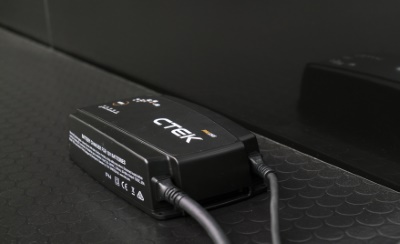 One way to maintain batteries in a 24V series, says Tony, is to charge each 12V battery individually.
One way to maintain batteries in a 24V series, says Tony, is to charge each 12V battery individually.
“The reason for this is that over time the two batteries become ‘’out of balance’; with one battery at the front of the circuit absorbing all the loads placed on it, the second battery has a slightly easier life. This leads to an imbalance between the two batteries, meaning they are not performing well together.
“The individual testing of each battery to establish a clear picture of battery health and the use of two 12V chargers (like the Ctek Pro25S) will restore battery balance and bring each battery back to its full capacity.”
Tony suggests introducing a battery management programme, to help improve fleet reliability, reduce downtime, and identify any battery-related problems early. Doing so can reduce failures and non-starts in cold weather and reduce the number of replacements, he adds.
“Testing a battery or charging a battery is still viewed as ‘fault finding’ – only carried out if a fault is reported or the vehicle fails to start – well this is too late,” Tony concluded.







